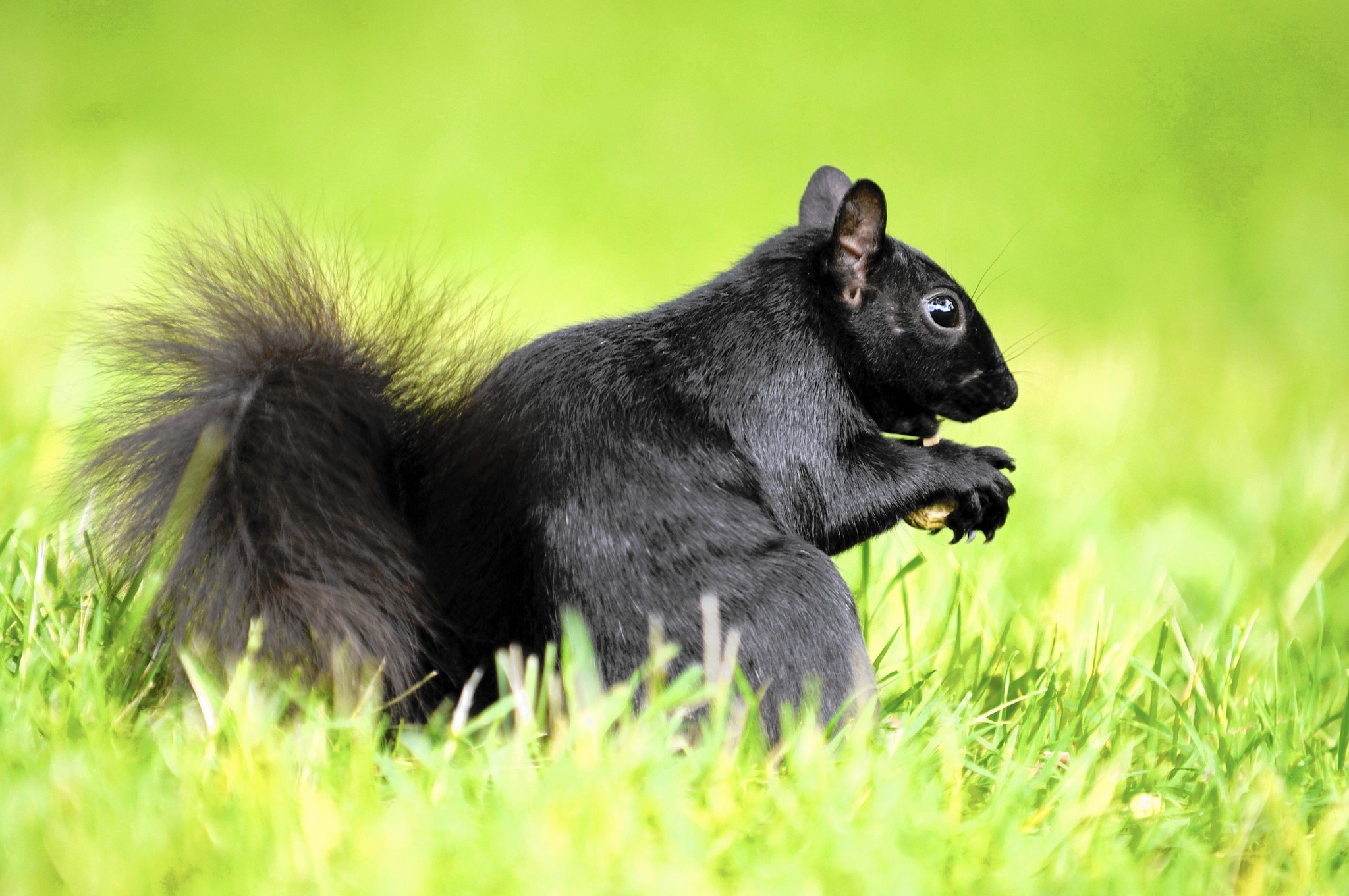Photo Credit: Chicago Tribune
Amid campus wide discussion on diversity, Thelmo recently unveiled an initiative to promote diversity on campus. The initiative, officially called #we<3diversity, has increased the amount of black squirrels on campus by three, bringing the total number of black squirrels to 10. In a campus dominated by grey squirrels, many see the increase as a step in the right direction.
A high ranking member of Thelmo lauded the program. While in a room completely composed of one type of squirrel, he said that, “diversity at SLU is like really good now.”
He indicated that Thelmo was seriously concerned with promoting diversity and saw this as the crowning achievement of the semester. He pointed out that around 14.1 percent of the squirrel population were squirrels of color, an increase from years past. “I’m even friends with a black squirrel now,” he bragged.
A representative for admissions said that plans were underway to update an admission brochure to include the new black squirrels. “Nothing captures St. Lawrence better than a picture of an ethnically diverse group of squirrels jumping off a bench! We want other black squirrels to see the new brochure and come to SLU,” said the representative.
Others welcomed the initiative but were skeptical of its overall impact. “Diversity is about more than just numbers,” said a black squirrel that resides around the trees of Sykes. “If the black squirrels do not feel like they are a part of the St. Lawrence community, then an increase of three percent is meaningless. Many squirrels of color cannot relate to the grey squirrels.”
Another black squirrel echoed these sentiments: “Sure, there are more black squirrels on campus, but are we really part of the community? How many black squirrels do you see in trees around the BETA house? There are more grey squirrels from private parks here than black squirrels in general! More needs to be done to foster a sense of community between squirrels of color and the rest of the squirrels.”
Statistics seem to support this squirrel’s point, as around 31.5 percent of squirrels on campus came from private parks, while only 14.1 percent of squirrels are minorities.
“When you look around, this school is, clearly, mostly made up of grey squirrels,” stated a grey squirrel who possessed the capacity to count. “Next time you’re around the trees close to Dana, count the amount of grey squirrels. And then count the amount of black squirrels. You’ll notice a difference.”
In addition, many critics argue that a lot of grey squirrels simply do not know what diversity means. A black squirrel pointed out that, “here at SLU, 94 percent of grey squirrels grew up in neighborhoods that were mostly grey or entirely grey. They just have not been exposed to diversity.”
Thelmo disagrees however. Another representative for the student government said, “we have had about five black squirrels in Thelmo meetings during the fall semester. During the previous spring semester we had two black squirrels, which translates to a 2.5 percent increase.”
Since Thelmo had planned for a 2 percent increase in black squirrel attendance of Thelmo meetings (in an initiative called #realdiversity=percentages), the student government sees the extra .5 percent as more proof of the strides made to improve diversity. “Just like Kony 2012 stopped the warlord Josef Kony in the country of Africa, #we<3diversity will finally end conversations about diversity here at SLU. Effective social activism is a hashtag away,” finished the Thelmo representative.



